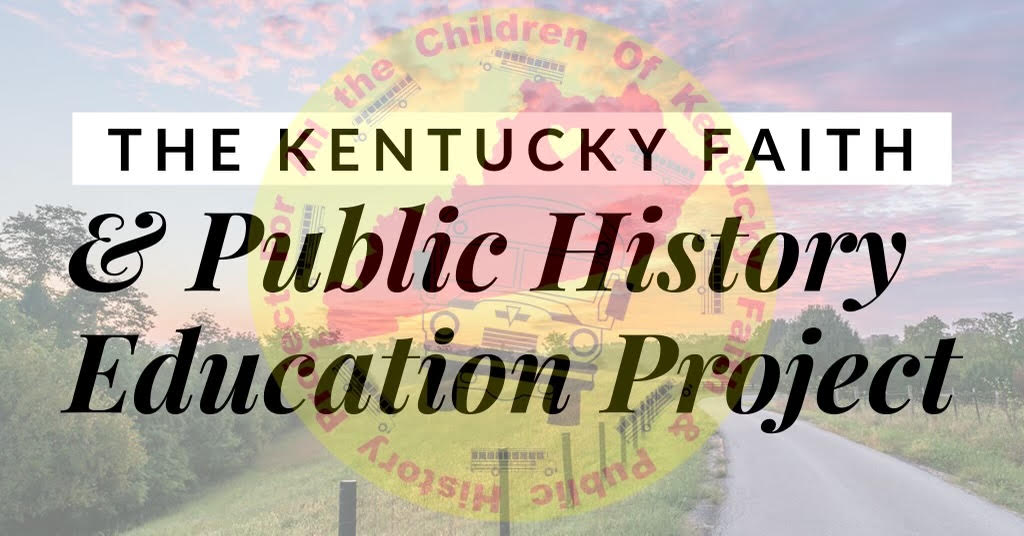When I was the executive director of the Bolduc House Museum
in Sainte Genevieve, Missouri, I often introduced fourth grade classes to the
National Historic Landmark house built in 1792 in Missouri’s first town this
way. The class would be gathered on the front porch of the house, behind the
massive stockade fence. “Put your hands on these huge square oak logs,” I
instructed. “Then think: these logs were put here when George Washington was
the president of the United States.” Many children ooed and awed at the
connection they were experiencing. They all knew about George Washington. They
had read about him in text books and seen his picture on a dollar bill. They
knew he was our country’s first president and that he lived long before even
their great-grandparents had been born. Touching the logs made him more
accessible, more real. Then, I would insert a riddle. “But George Washington
was never the president of Sainte Genevieve,” I would tease. “Huh?” the
students responded, puzzled. That riddle introduced the story of that French
colonial American site – Thomas Jefferson was the president when Missouri and
the rest of the territory included in the Louisiana Purchase was added to the
nation.
This shows the power of place-based learning.
For homeschoolers, place-based learning is easy. It appeals
to people of all ages – high school students can be encouraged to do some independent
explorations or interviews while younger students can be engaged in planned
activities. Even the preschoolers in the family tend to enjoy the sights,
sounds and smells of new places. Students can be included in planning trips,
using calendars and budgets, figuring out how to raise the money to pay for the
adventure. This introduces internet skills, math skills and communication
skills. Trips can be to museums, historic sites, natural history areas, government
buildings, or even to visit an expert or to meet someone who can share their
life experience and skills. Trips can focus on art, architecture, technology,
history, science, religion and more. Writing or creative assignments following place-based
learning adventures helps solidify what was learned as well as to take stock of
what new questions may have arisen because of the experience.
In Kentucky, there are several places that merit a visit by
homeschoolers who are interested in exploring the Christian history of the
commonwealth. Visit where the first of the early nineteenth century revivals happened that triggered the Second Great Awakening in America at the Cane Ridge Shrine
in Bourbon County, the Red River Meeting House in Logan County, and the Old
Mulkey Meeting House in Monroe County. Follow the tour of “The Kentucky Holy
Land” in Nelson, Washington and Marion Counties for a great introduction to our
Catholic history. Research where the historic African American churches are in
Kentucky and visit the many architecturally significant churches in Louisville.
Go to the Creation Museum in Boone County and the Ark Encounter in Williamstown,
Kentucky.
Our Kentucky Faith & Public History Walking Trail in
Paris, Kentucky, will be open to the public soon. This will be a self-guided
walk with information about the Christian history of Kentucky including an
interactive eye-spy game that students can play to learn about some famous
Kentucky Christians.
We’d love to post short student-written reviews along with
original drawings and photographs of their visits to places that connect to our
Christian history here. To submit your child’s work, email me at kyfaithpublichistory@gmail.com.
© Lesley Barker, PhD – Director, Kentucky Faith & Public
History Education Project

